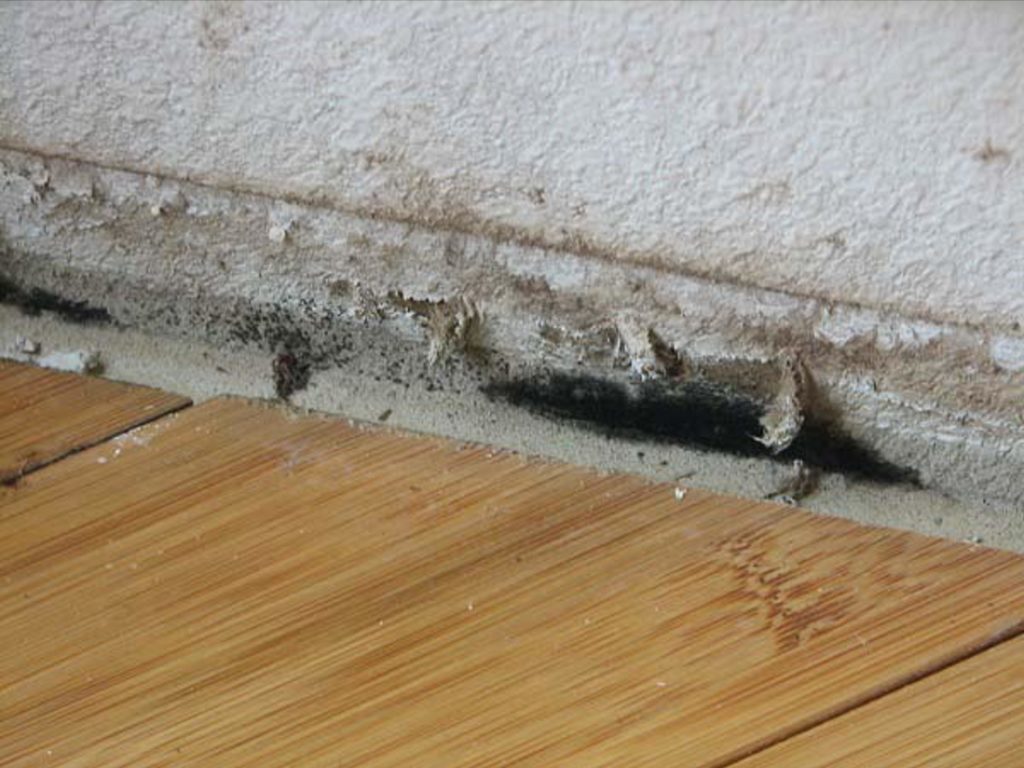Mold Myths Background
Environmental Safety Consultants (ESC) hears many mold myths and offers this article to reveal some mold myths. To explain, these myths come from clients, other mold assessors, and mold remediators. Further, these myths are on the definition of mold, testing procedures, and remediation or cleanup solutions. And, some of the more notorious myths follow. But first, we define mold.
What is Mold?
Mold is not a plant or an animal. It is a microscopic organism that is in the fungi kingdom. Its official name is fungus (singular) or fungi (plural). That kingdom includes mushrooms. Mildew is a common term for mold. Mildew can cause sneezing, coughing, and upper respiratory ailments (Visit www.cdc.gov), just like other mold can. Therefore, from this point forward, we will use the term mold for both mildew and mold.
Mold Myths
Mold is Always Visible
The first myth is that mold is always visible, which is wrong for a couple of reasons. First, individual mold spores on surfaces are not visible to the unaided eye. They are microscopic. However, large numbers of spores form a colony. And, yes, colonies can be visible to the unaided eye. Second, mold spores in air are not visible, but, also are microscopic. These spores are visible under a microscope or with the unaided eye when they grow into a colony on a Petri dish.

Only Black Mold is a Concern
This is a very common myth, thanks to our media. They have hyped up “black toxic mold”. This genus is Stachybotrus and the most likely species name is chartarum. As a result of the hype, people believe it is the only mold to worry about. Ah, if life were so simple! Unfortunately, the scientific literature shows that a lot of different types of mold (genuses or genera) can be toxic. One example is Aspergillus, which can grow into a fungal ball in your lungs resulting in a debilitating disease known as aspergillosis. And there are many more examples.
No Worry Because Mold is All over Florida
Another myth is that mold is everywhere in Florida and you don’t have to worry about it inside your building. First, mold is everywhere in Florida (and other states!). However, it can become very concentrated in your building. Further, its population can be unbalanced in your building (unlike outside) and made up of just one or a few genera that can prove toxic.
Why does it change inside your building? Firstly, there may be unique conditions, such as excessive moisture. Secondly, there are unique materials such as drywall, carpet, wallpaper, ceiling tile, and insulation which are perfect for mold to feed on and live on. Thirdly, relative humidity or moisture in the air inside may not be low enough to prevent mold growth. This may be due to a heating, ventilation, and air conditioning (HVAC) system which is not operated or designed properly.
Remediation Sterilizes a Building
There are a few reasons why remediation should not be expected to sterilize a building. First, sterilization is not a realistic goal. Buildings are designed to live or work in and cannot be expected to be sterile. As soon as the building is occupied after remediation, mold enters it through doors, windows, cracks, visitors, food, and more. Second, the building was never sterile to begin with. There was a balanced, normal amount of mold in the building. As a result, the occupants did not have health problems from the mold. In conclusion, the remediation goal is to return the building to normal mold conditions, not sterile conditions.
Conclusion to Mold Myths

Now you know some of the mold myths. Further, you know why they are myths and why they just do not hold water! If you need any more information, Environmental Safety Consultants can assist. We have the credentials and experience to answer your questions and steer you in the right direction. We are a Florida-licensed Engineering business with three Florida licensed Mold-Related Services Assessors, and a Certified Industrial Hygienist (CIH), Board for Global EHS Credentialing (BGC)). Contact us today via telephone or email!